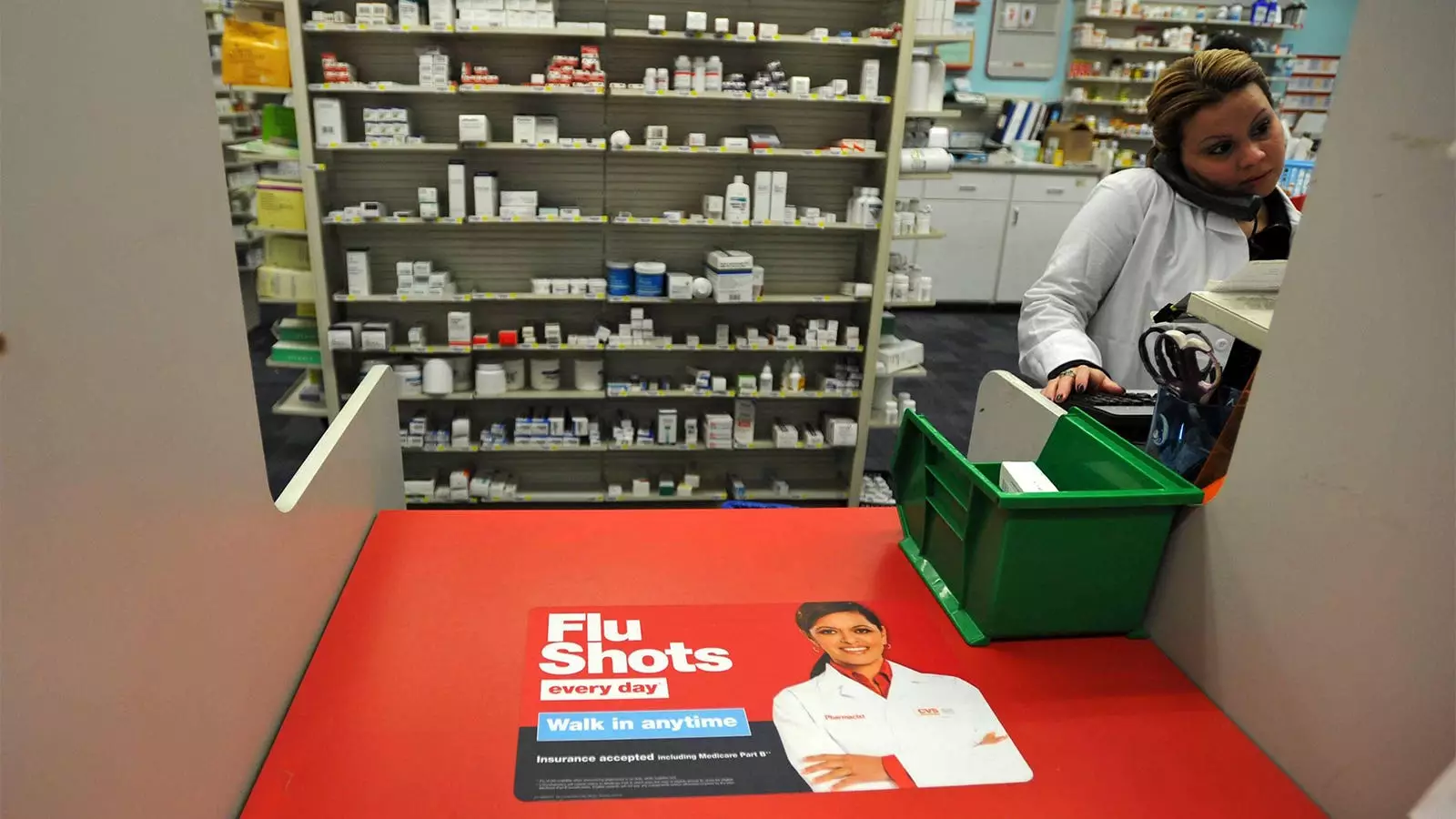Throughout my journey in pharmacy education, particularly during the summer of 2016, I faced a staggering routine that highlighted the demanding nature of the field. As a student intern, my day began at the crack of dawn, around 7:45 a.m., and extended well into the night, with the store closing at 9 p.m. This exhausting schedule, characterized by continuous standing and minimal breaks, was not merely physically taxing but also mentally grueling. Working long hours without a moment to sit or relax fundamentally altered the dynamics of patient care, as fatigue can severely compromise the quality of service provided. This article aims to explore the fatigue endemic within pharmacy practice, the evolving landscape of working conditions, and the critical need for empathy and understanding from all stakeholders involved in healthcare.
Reflecting on my intern experience, I often wonder: how effective can patient consultation be when the provider is 12 hours deep into a relentless shift? The weight of responsibility among pharmacy professionals is immense; we’re not merely dispensing medications—we’re entrusted with patients’ health and well-being. This reality raises an important question surrounding patient safety: is it reasonable to expect optimal performance from staff who are fatigued and pushed to their limits? Research identifies fatigue as a significant risk factor for errors in various professions, particularly in healthcare. Just as a fatigued surgeon may overlook critical details, so can a weary pharmacist make life-altering mistakes in medication dispensing or patient counseling.
Yet, the conversation has started to shift. As we mark the 20th anniversary of American Pharmacists Month, I find hope in the changes that are gaining momentum. Increased advocacy for improved working conditions, implemented by management, legislative bodies, and professional organizations, has begun transforming the landscape of pharmacy practice.
Recent developments indicate a promising shift in the professional environment for pharmacy workers. A notable change is the institution of mandatory lunch breaks, prioritizing not just the health of the pharmacists but ultimately the safety of the patients they serve. Moreover, regulatory bodies are instating statutes to establish minimum working conditions, thereby fostering a culture that values well-being over mere efficiency.
Additionally, professional organizations are joining the conversation, emphasizing the importance of reducing speed and volume-based metrics in favor of quality-focused standards. The ongoing efforts to address these systemic issues have reignited discussions around pharmacy fatigue, paralleling the experiences of other healthcare professions that recognize the critical link between provider well-being and patient safety.
What is often overlooked, however, is the human element behind this profession. Through my research and dialogue with other pharmacists and technicians, I have come to understand that, despite the challenges, many find profound joy in their roles—interacting with patients, offering healthcare advice, and participating in community health initiatives. This invaluable connection is at the core of pharmacy practice and what motivates countless professionals to persevere despite the stressors of the job.
Nevertheless, these interactions don’t come without their share of challenges. One pharmacist shared their frustrations about the backlash they faced from patients when the pharmacy implemented mandatory breaks, only to find that patients felt neglected during those moments. The environment can become hostile when patience runs thin, with statistics revealing that healthcare professionals are disproportionately affected by workplace violence. A shocking figure indicates that over 50% of pharmacists experience physical or verbal aggression, which further complicates an already stressful working atmosphere.
As we look forward, it’s essential for patients, prescribers, and policymakers to collectively recognize the necessity of high standards in community pharmacy. Effective communication can significantly mitigate frustrations for everyone involved. For example, utilizing electronic communication methods and promoting awareness about prescription timelines can create a more seamless experience for patients and pharmacists alike.
In my plea for understanding, I also extend sincere apologies to prescribers for the inevitable delays that occur in our ever-evolving pharmacy landscape. Acknowledging the complexities of medication formularies and back-orders can help foster a spirit of cooperation rather than frustration.
Ultimately, the pathway to improvement hinges on collaboration among all states of the healthcare system. Let us use our voices—pharmacists, prescribers, and patients—to demand better conditions that prioritize safety and quality care. To achieve the ideal of patient-centered pharmacy, we must cultivate an atmosphere of compassion and understanding. Empathy must be the guiding principle as we navigate the intricate connections between those behind the counter and those in front of it.
As we strive for excellence in patient care, let us commit to ensuring that the well-being of pharmacy professionals is equally prioritized—because when pharmacists thrive, so do patients.


Leave a Reply